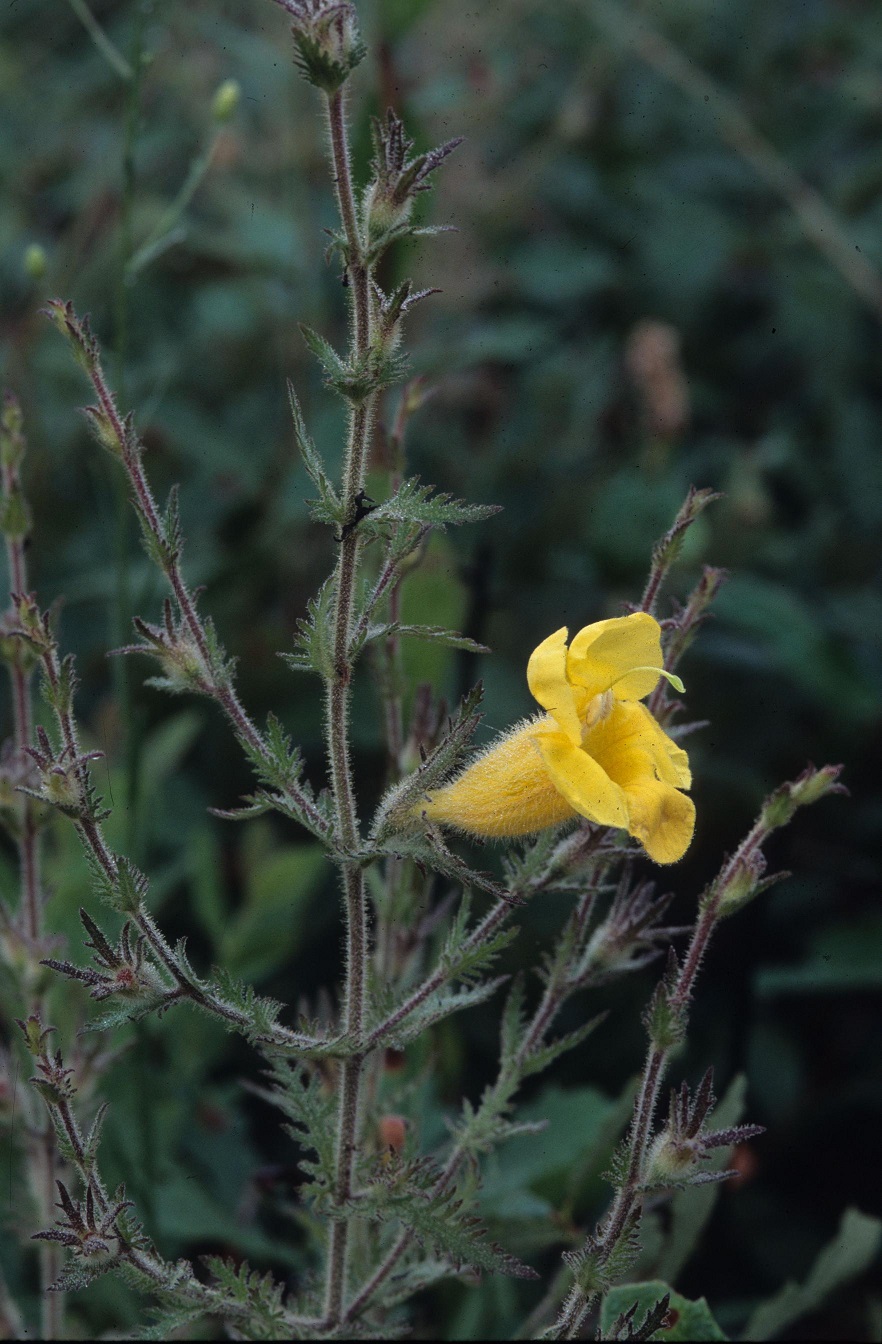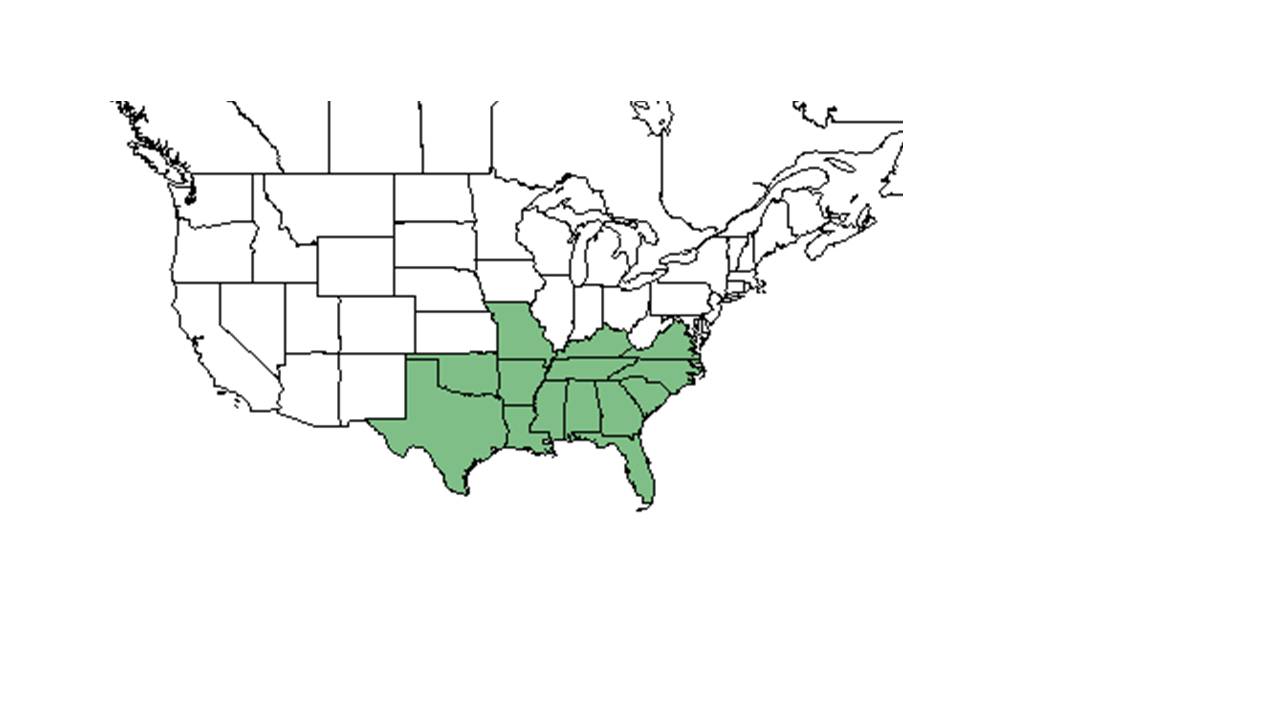Difference between revisions of "Aureolaria pectinata"
KatieMccoy (talk | contribs) |
KatieMccoy (talk | contribs) |
||
| Line 36: | Line 36: | ||
===Seed bank and germination=== | ===Seed bank and germination=== | ||
===Fire ecology=== <!--Fire tolerance, fire dependence, adaptive fire responses--> | ===Fire ecology=== <!--Fire tolerance, fire dependence, adaptive fire responses--> | ||
| + | Studies have observed that ''A. pectinata'' does not occur in unburned sites, but does occur in burned sites (Harrod et al. 2000; Kush et al. 2000). Kush et al. (2000) found that ''A. pectinata'' occurred in biennially burned longleaf pine stands regardless of burning season. In Harrod et al. (2000) it was observed growing in a burned xeric hardwood site. | ||
| + | |||
===Pollination=== | ===Pollination=== | ||
===Use by animals=== <!--Herbivory, granivory, insect hosting, etc.--> | ===Use by animals=== <!--Herbivory, granivory, insect hosting, etc.--> | ||
Revision as of 18:07, 30 November 2015
| Aureolaria pectinata | |
|---|---|

| |
| Photo was taken by Gil Nelson | |
| Scientific classification | |
| Kingdom: | Plantae |
| Division: | Magnoliophyta - Flowering plants |
| Class: | Magnoliopsida - Dicotyledons |
| Order: | Scrophulariales |
| Family: | Scrophulariaceae |
| Genus: | Aureolaria |
| Species: | A. pectinata |
| Binomial name | |
| Aureolaria pectinata (Nutt.) Pennell | |

| |
| Natural range of Aureolaria pectinata from USDA NRCS Plants Database. | |
Common Name: Combleaf Yellow False Foxglove
Contents
Taxonomic notes
Synonym: Gerardia pectinata
Description
A. pectinata has opposite, fern like leaves which are pinnately incised, with sticky glandular hairs [1].
Distribution
Ecology
Habitat
A. pectinata can occur in turkey oak sandhills, longleaf pine communities, upland hardwood forests, savannas, glades, stream banks and slash pineland [2] [1] (FSU Herbarium).
Phenology
A. pectinata has bisexual, yellow flowers that bloom spring, summer, and fall. The ovary is superior and fruits in a capsule summer and fall [1].
Seed dispersal
Seed bank and germination
Fire ecology
Studies have observed that A. pectinata does not occur in unburned sites, but does occur in burned sites (Harrod et al. 2000; Kush et al. 2000). Kush et al. (2000) found that A. pectinata occurred in biennially burned longleaf pine stands regardless of burning season. In Harrod et al. (2000) it was observed growing in a burned xeric hardwood site.
Pollination
Use by animals
Diseases and parasites
Conservation and Management
Cultivation and restoration
Photo Gallery
References and notes
Florida State University Robert K. Godfrey Herbarium database. URL: http://herbarium.bio.fsu.edu. Last accessed: June 2014. Collectors: Robert K. Godfrey. States and Counties: Florida: Wakulla.
- ↑ 1.0 1.1 1.2 [Native and Naturalized Plants of the Carolinas and Georgia] Accessed November 30, 2015.
- ↑ [Missouri Department of Conservation] Accessed November 30, 2015